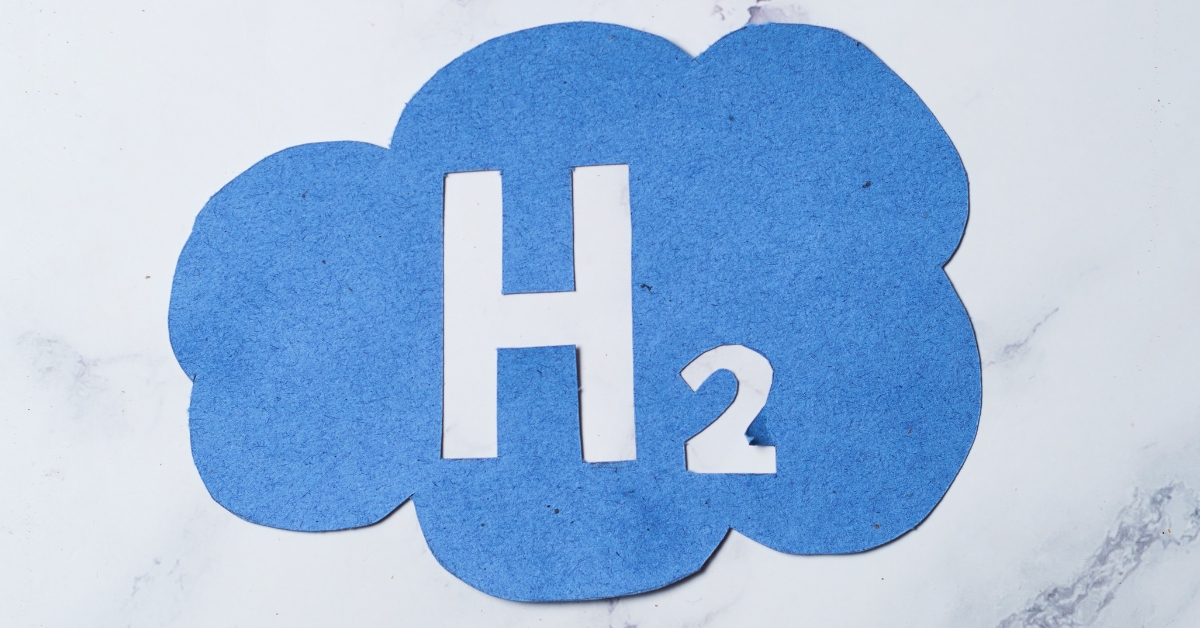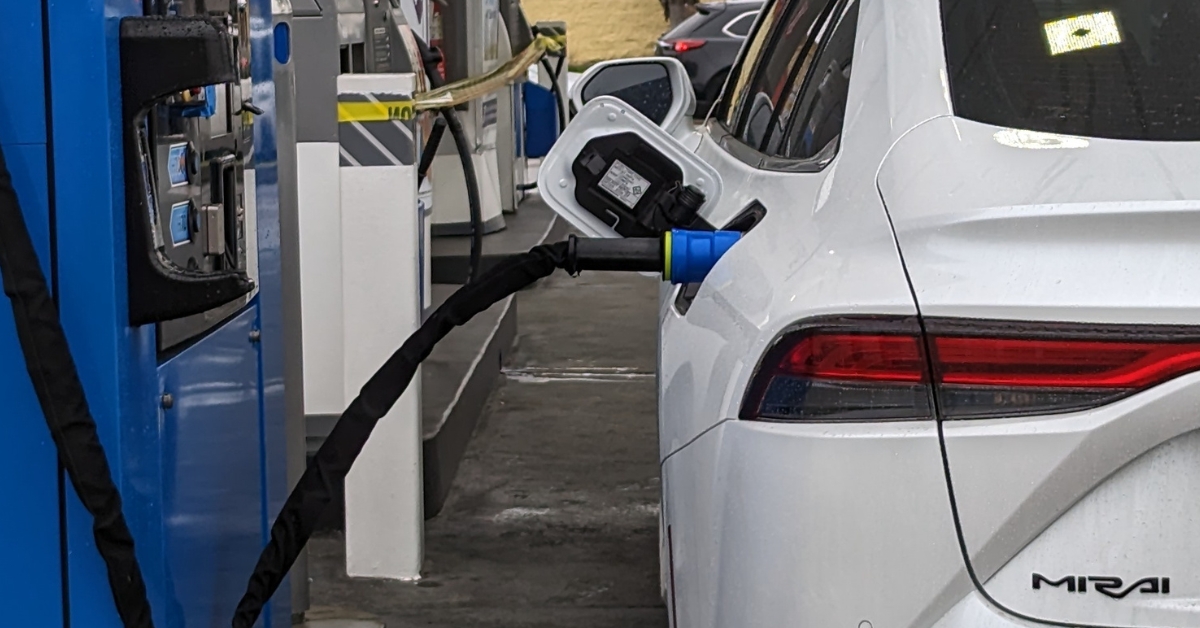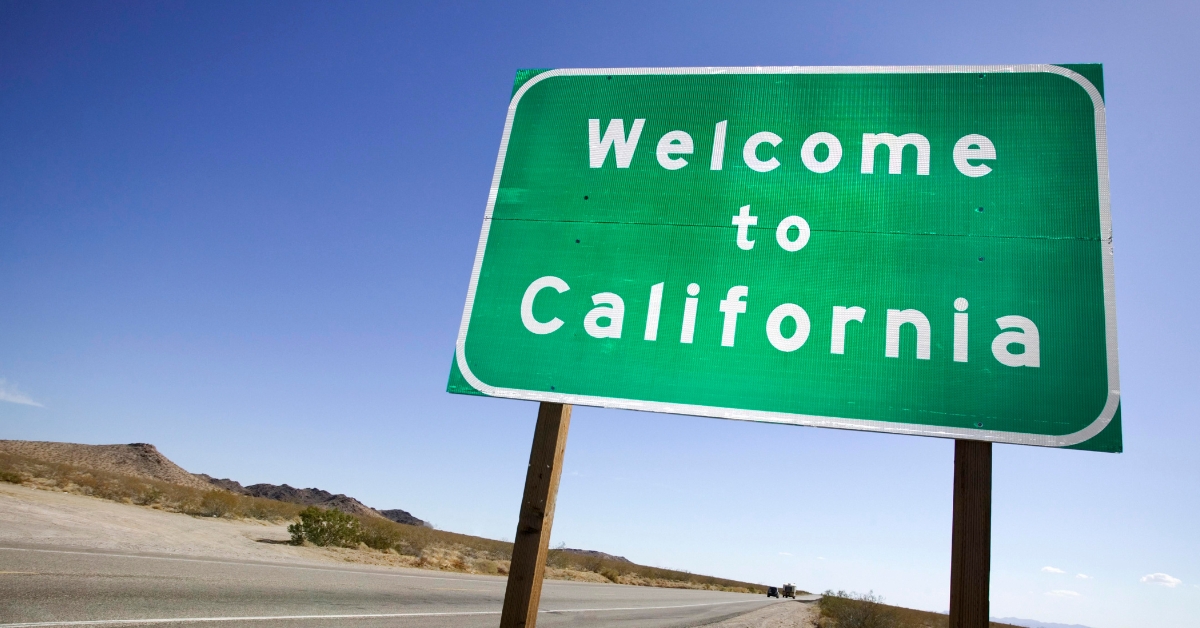To fill up a hydrogen car, you need to follow these steps:
- Locate a hydrogen fueling station: Hydrogen fueling stations are not as common as gasoline stations, so you may need to research where the nearest station is. You can use online resources or smartphone apps that provide real-time information on hydrogen fueling stations.
- Pull up to the hydrogen dispenser: Once you arrive at the hydrogen station, park your car near the hydrogen dispenser.
- Open the hydrogen tank: The hydrogen tank is usually located in the back of the car. You need to open the tank before you can fill it with hydrogen.
- Connect the dispenser to the car: The dispenser nozzle has a connector that fits into the car’s hydrogen tank. Align the connector with the tank and connect it.
- Fuel the car: Once the nozzle is connected, you can begin fueling the car with hydrogen. Some dispensers have a touchscreen interface that guides you through the fueling process. Others may have a manual control system that requires you to press a button to begin fueling.
- Monitor the fueling process: As you fill up the car with hydrogen, you can monitor the progress on the dispenser screen or the car’s dashboard.
- Disconnect the nozzle: When the tank is full, the dispenser will automatically stop fueling. Disconnect the nozzle from the car and close the tank.
- Pay for the fuel: You may need to pay for the hydrogen fuel at the dispenser. The payment options can vary depending on the station. Some stations require a credit card, while others may accept a mobile payment app.
- Drive away: Once the tank is full and you have paid for the fuel, you can start the car and drive away from the station.
It’s important to note that hydrogen fueling stations are not as widespread as gasoline stations, so you may need to plan your route carefully if you’re traveling long distances in a hydrogen car.





